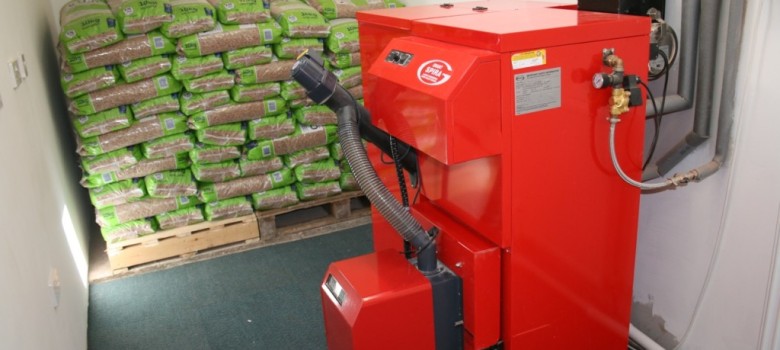
What fuel store and delivery method should I use for my biomass boiler?
There are four main types of fuel store:
- Below/partially underground stores
- Above ground stores
- Integrated stores within existing buildings
- Removable containerised storage
Which you choose depends on a number of factors: cost/supplier and delivery flexibility, space and access, aesthetics, fuel type and ground conditions. Wood logs, for example, can be kept outside, providing they are covered and remain dry whereas bales must be stored in a ventilated environment.
Other key considerations are: Preventing water from getting into the stores, avoiding condensation build-up, ensuring the container can handle the pressure exerted by the fuel, having access to check fuel levels, keeping the interior free of electrical supplies, meeting building regulations, minimising the distance to the boiler, ensuring safety during deliveries, having security measures to prevent illegal access or theft, and if tipping is the delivery method, ensuring a complete discharge is possible.
There are further considerations for each main type of fuel to allow the flow of fuel to the boiler. This should be borne in mind during the design process (for example, pellets flow on a lesser slope than woodchips).
Delivery systems for your boiler
Having an efficient and appropriate delivery system is essential in ensuring your boiler runs smoothly. Here are some typical delivery systems:
Flexible hose from blower tanker
Usually found with pellet and occasionally chip fuels, and will be made in deliveries of several tonnes.
Advantages – High volume, excellent for sites with restricted access requiring high volume, metering of the delivery is also possible.
Disadvantages – Specialist vehicles required (although they are common among distributors), fairly slow delivery with potential noise problems, if not properly set up the pellets can be damaged during delivery causing excess dust.
Bulk bag deliveries
Bags of pellet or chip fuel each around 1m3
Advantages – Low cost, flexible, good for low volume deliveries
Disadvantages – Multiple bags required due to low volume, potential for moisture exposure, generally more expensive.
Tipper trailer
Pellet or chip fuels commonly used across the country. Dispensed in 10-20 tonne deliveries
Advantages – High speed and volume, widely available.
Disadvantages – Requires good access, large storage area required, requires underground store or ramp, Partial deliveries difficult, may cause uneven distribution of fuel requiring further manual raking.
Scissor lift tipping trailer
Used sometimes for chip fuels. Not common as this requires a specialist vehicle.
Advantages – High volume and can deliver to above ground stores.
Disadvantages – Very specialist so may be stuck with one supplier, partial deliveries difficult, may cause uneven distribution of fuel requiring further manual raking.
Blower trough and tipper truck
Typically for chip fuels, a common choice for bulk delivery of chip fuels.
Advantages – Flexible for confined spaces
Disadvantages – Requires careful discharge, slow delivery time, may cause noise issues, Max. distance of 2.5m from the trough.
Hook lift bins/ro-ro bins
Typically for chip fuels with a specialist delivery vehicle required.
Advantages – Minimal building work required, integrated fuel storage and delivery, high volume deliveries.
Disadvantages – Specialist fuel supplier necessary, aesthetically less appealing.
Front loader
Used for bales and chips, this is fairly common for farm-based systems.
Advantages – Simple, widely available, can deliver to above ground stores.
Disadvantages – Low volume and slow delivery speeds.
Walking floor trailer
Again a chip delivery system with a specialised vehicle required, but used often for larger scale deliveries.
Advantages – High volume and widely available.
Disadvantages – Lots of space required for the delivery vehicle.
Fuel delivery methods for your biomass boiler
Fuel delivery/extraction is the process of getting the fuel from the storage medium into the combustion grate of the boiler system.
Batch fed – This is used for smaller batch fired plants only – and requires daily manual input. Scale – Under 30kW.
Augers – The most common means of moving chips and pellets, but can cause blockages if the fuel type is not appropriate. The length should be minimised to avoid blockages. Scale – Over 10kW
Gravity fed – Only used for pellets, and often combined with augers to transport the feed; Simply a funnelling and tapered system relying on gravity to move the feed. Scale – Over 10kW.
Pneumatic/vacuum feed – Only available for pellets and smaller systems, these have to be carefully designed considering bends, length and blowing pressures. Scale – Under 50kW.
Agitator arms with auger – Used on medium scale plants predominantly, this is the most cost effective way to move feed at this scale. The agitator ensures that the feed moves along the auger, preventing blockages. Scale – Over 30kW
Walking floor – This method shuffles the fuel along the store to a central auger. Suited for larger systems as they can handle more fuel than other methods – Over 1MW.
Conveyor or grab – Used for straw and chips, for the larger scale plants, these methods are used where augers are not appropriate (eg. Large particle sizes). Scale – 3-15MW+
Types of fuel store
Purpose-built prefab bunker – Usually filled with a blower with fuel extraction by straight auger or vacuum tube.
Constructed bunker – Can be converted cellars or storage bunkers. Fuel extraction will require a tapered floor to a central straight auger.
Bag silo – A simple and relatively inexpensive avoiding any construction work, this method requires internal storage away from the rain, and likely a blower delivery method. Fuel extraction is by straight auger or vacuum tube.
Integrated storage hopper – Ideal for smaller systems where the hopper is attached directly to the boiler. Usually manually filled.
Purpose built pre-fab or storage hopper –Usually filled by blower, and with fuel extraction by tapered floor to central auger.
Storage container – Could be a refitted shipping container for example, but offers a flexible and relatively less expensive solution, especially for fuel extraction.
Purpose built/adapted internal or external structure – Constructed in a variety of ways, usually uses a straight auger extraction method, with delivery by a number of methods.
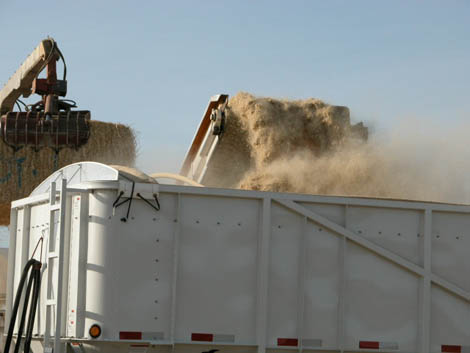
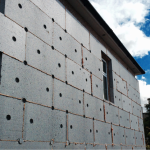



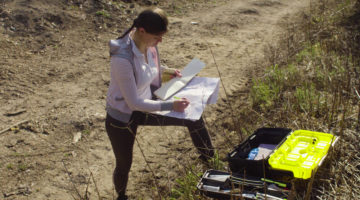






No Comments yet! Be the first one.